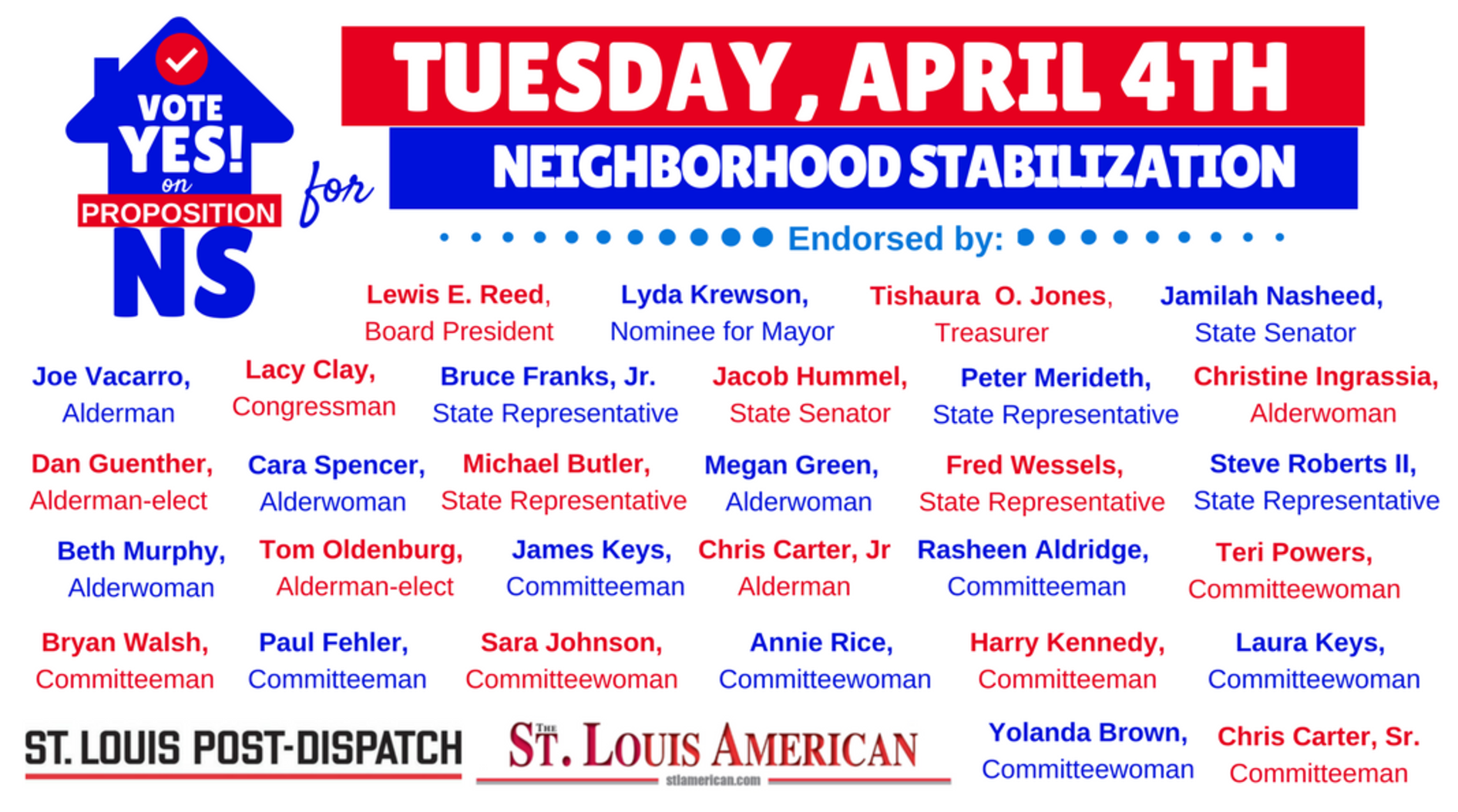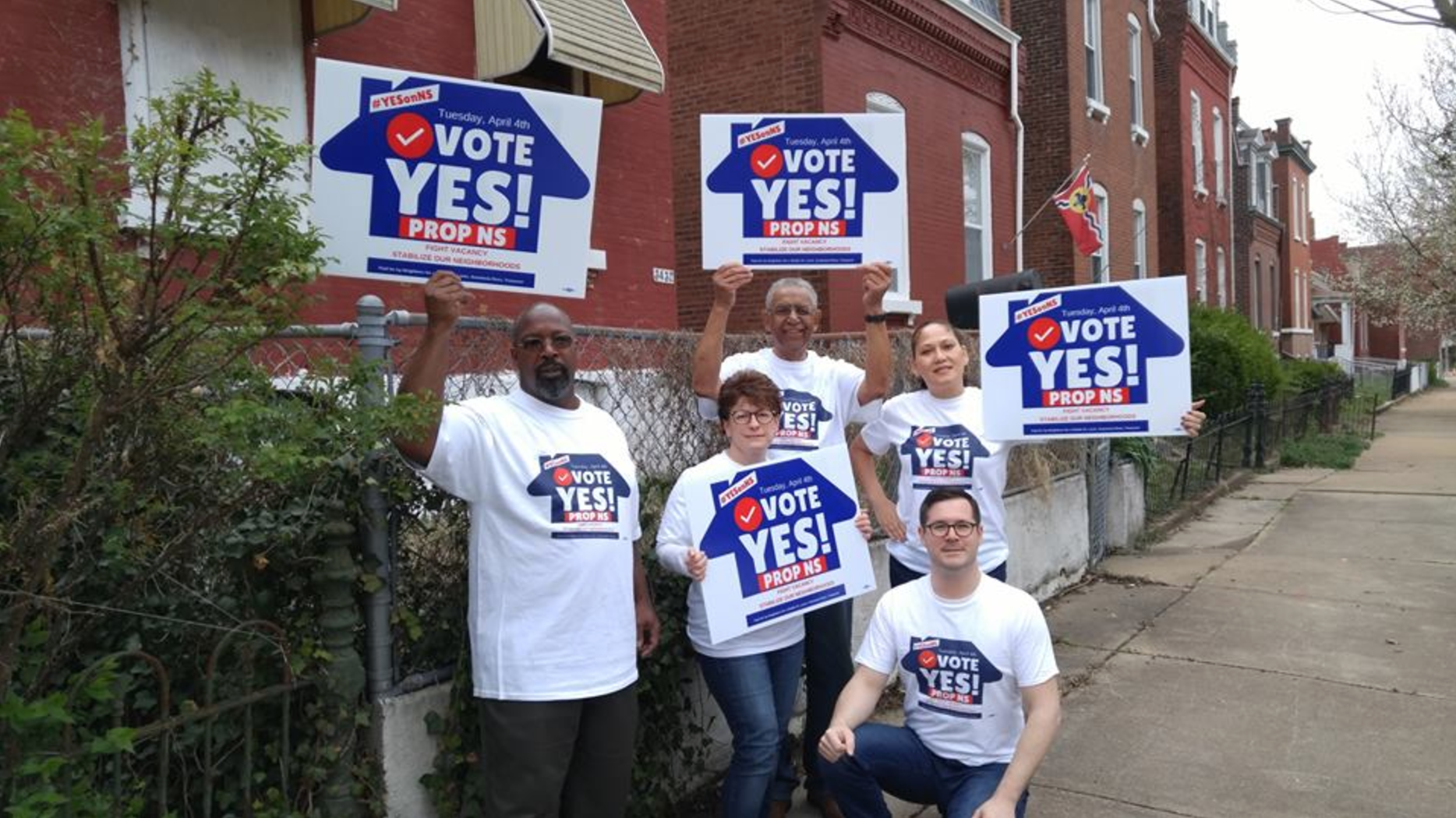From the 33rd floor of my downtown Atlanta hotel, I overlook a city in a state of continued and rapid resurgence. Cranes fill the skyline in nearly all directions, as new office and condo towers climb from the streets below. It’s estimated that in the next ten years Atlanta will add another 40,000 residents, with the surrounding suburbs growing at an even faster rate.
By 2040, the Atlanta region population is forecasted to increase by 2.5 million, a number almost as great as the total regional population of St. Louis, as of this writing. But that hasn’t always been the case for Atlanta. From 1970 to 1990, nearly 100,000 residents left the city of 134 square miles, with only mild gains up and until the 2000’s, with the largest growth occurring since 2010.
It’s nearly impossible for someone with a background in urban planning, like me, to visit a city and not overanalyze these statistics and cross reference the numbers with what’s observed in the built environment. Driving through only a handful of near-downtown neighborhoods, you’ll quickly realize that most of them have been rebuilt.
Unlike St. Louis, Atlanta is not brimming with row after row of historic two-story brick houses and storefronts. It’s anchored, instead, by large apartment complexes, craftsman bungalows, and some very beautiful and stately mansions that have been preserved in the midst of the city’s continued transformation.
There are also some great examples of creative reuse of industrial buildings as shopping centers, food court marketplaces, and lofts abutting the Belt Way–a $450 million multi-modal pathway that connects many of the City’s major attractions. I’m told that thousands of users made their way down the Belt Way on what was otherwise a sleepy Tuesday in Atlanta.
St. Louis, as we all should know, is not and will not ever be Atlanta. We have our own quainter identity and appeal, which I wholeheartedly embrace. Having said that, there are certainly some lessons our city can take from a place that few can argue is on a major upswing. First, while it’s not the sole measure of success, population growth is important.
Talking to locals, from independent accounts, the fact that Atlanta is attracting new residents confirms that the city is a desirable place to live. There are definitely concerns regarding the unintended impacts of this growth–which should be taken very seriously–but the general mood of the city was one of optimism and confidence.
For the last several months I’ve had the privilege of working with a group of smart and kind-hearted neighbors on a proposition that we believe can generate a rebirth of St. Louis city neighborhoods over the next decade and beyond. Our group calls ourselves “Neighbors for a Stable St. Louis,” and the proposition we’ve designed is Prop NS, the “vacancy bond issue.” Most of us supporting #YesonNS live in neighborhoods that are eroding before our eyes. These are the jobless places. The neighborhoods where schools have closed and businesses and people are fleeing.
Folks like Alvin Willis, one of the original SLACO members from the organization’s inception in the 1980’s, have patiently waited for neighborhoods to improve as each administration promises progress. For Alvin, that has meant watching the historic Lewis Place neighborhood empty out relentlessly—the neighborhood he calls “home.”
What is the risk to low-income communities should conditions continue to get worse? Looking at every trend possible, those closest to the issues St. Louis neighborhoods face don’t see too many bright spots for most of north St. Louis and large parts of southeast City. In 2016, another 3,000 residents left our city. Something has to change.
So, we have two options. One: we can do nothing more than we are already doing with the dwindling Federal monies that come to the city, cobbling together nonprofit dollars and continuing a 50-year conversation about how some communities are cared for and others aren’t. Or, two: we can put some money behind community revitalization and start to invest in the places where the most vulnerable among us live.
With Proposition NS, we have an opportunity to funnel up to $6 million per year into pre-rehab housing stabilization efforts on hundreds of vacant properties. The work will be offered via a competitive bidding process, with the strictest minority and women-owned business participation requirements in Missouri. Thousands of unemployed and underemployed St. Louisans stand to benefit over the 6.5 years this bond would be active. Up to $30,000 would be available for hundreds of vacant city-owned homes, and $50,000 for multi-family units.
If successful, the program would complete pre-rehab work on up to 1,500 of the existing 2,700 city-owned vacant properties. Each would be sold individually at public auction in a process that is even more transparent and less cumbersome than the current one. Homes would be marketed. The city could finally begin to meaningfully intervene in the vicious cycle of abandonment and neighborhood decline, preventing further deterioration of neighborhoods and not just retaining but also attracting residents in the years ahead.
At the core of this discussion, we’re talking about empowering our city with the resources to hire the community in the act of rebuilding low-income neighborhoods. We’re talking about bringing hope back to our city, and moving the conversation to solutions. The petitioners. SLACO. The elected officials who support us. We’re all committed to getting this right. We will be overseeing processes established at the Board of Aldermen and as programming begins, ensuring that decisions aren’t made about us without us. Under our watch, there will be inclusion in the bidding process and an intensive focus on lifting up low-income families.
Here’s some of the groundwork we’ve already laid:
SLACO is in ongoing discussions with nonprofit affordable housing developers to ensure they understand the processes established so that they are positioned to bid on these properties early and often.
We’re also building capacity within neighborhood organizations so they can guide all parts of future programming, from the selection of City-owned houses for focused resources to the choice of rehabbers who have strong connections to the neighborhoods and their families.
From the vantage of the petitioners, there have only been a handful of public policy proposals that would almost certainly improve the daily lives of low-income communities in St. Louis. Prop NS is one of them. Supporting it does require having a certain amount of faith in our ability–as vocal and passionate advocates for struggling city neighborhoods and for those who call them home–to craft a program that is transparent and equitable.
We, the petitioners and neighbors behind this campaign, have been at the table for many months with city officials, nonprofits, and other caring stakeholders, championing this proposition as a tool for increasing access to quality, affordable housing across our city. This outcome is our primary goal, one by which we will judge this program.
I’m not expecting that Proposition NS or any one public policy proposal will fill our City with construction cranes like those I see in Atlanta. But I do expect that NS will lead to the exact kind of gradual, block-by-block improvement that St. Louis so desperately needs. If we ever expect to improve quality of life in our city and begin to attract residents once more.
I ask you to get off the fence, get behind our campaign, and vote Yes on Proposition NS on Tuesday, April 4th. The future of our city depends on it.
More from Neighbors for a Stable St. Louis: YouTube channel / Facebook page


